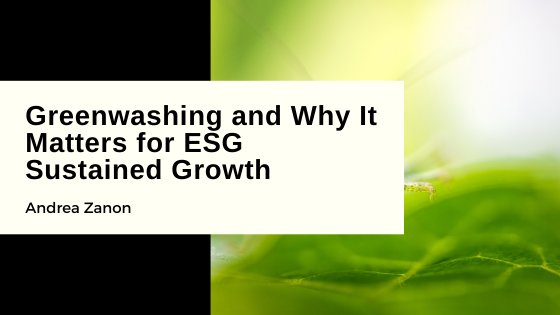Most people know what whitewashing is. For example, a government oversight agency investigates a powerful Congressman and writes up a damaging report. But then the Congressman pulls some strings, calls in some favors, and the report “gets whitewashed.”
In short, even though the investigation yielded unfavorable information, the politician can skate away clean because all the worst parts of the document were conveniently altered or deleted. A modern version of whitewashing that has emerged recently is called “greenwashing.”
This is a term tailor-made for modern times as financial investment agencies are under considerable pressure to focus on backing companies that claim to be sustainable — called ESG.
Many companies have discovered that it’s more profitable to greenwash their numbers, production details, sourcing, and more to make it all look more sustainable than it really is.
Telling the difference between a genuine ESG company that is implementing bona fide sustainability measures and those that are greenwashing can be extremely difficult for investors.
Part of the reason for that is a regulatory system for identifying ESG factors that are not up to par. Writing for Morningstar, Karen Wallace said, “There is no question that substandard regulatory disclosure requirements have made the problem worse.”
The SEC (Securities and Exchange Commission) recognizes the problem and has launched some new initiatives to address greenwashing. One of those measures is the formation of a task force that identifies false statements and material gaps that make some firms less green than they claim.
European nations are ahead of the U.S. since the EU put forth its Sustainable Finance Disclosure Regulation (SFDR). This will require all companies and funds working within the EU to make detailed disclosures of climate change mitigation, diversity and governance data.
The private sector is also providing tools to help. One such tool is Sustainalytics, an Amsterdam-based company that uses a high-tech rating system to analyze a company and rate it for ESG performance quickly. The higher the ESG rating, the higher a firm’s unmanaged risk.
Sustainalytics offers free access to risk ratings for more than 4,000 companies. Tapping into this resource is one way to draw back the curtain on greenwashing in a fast and efficient way.

